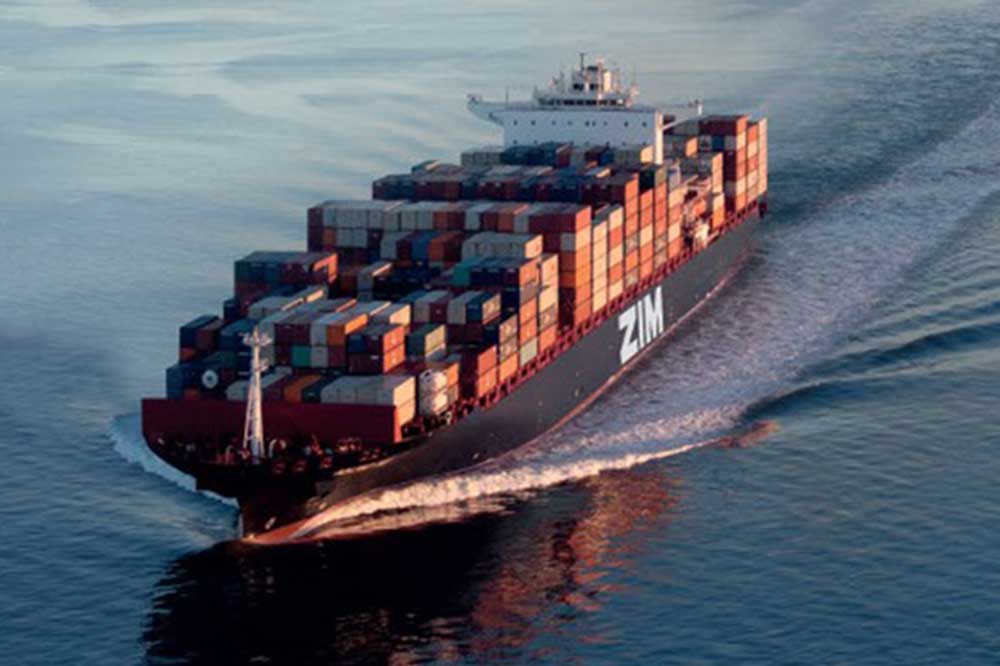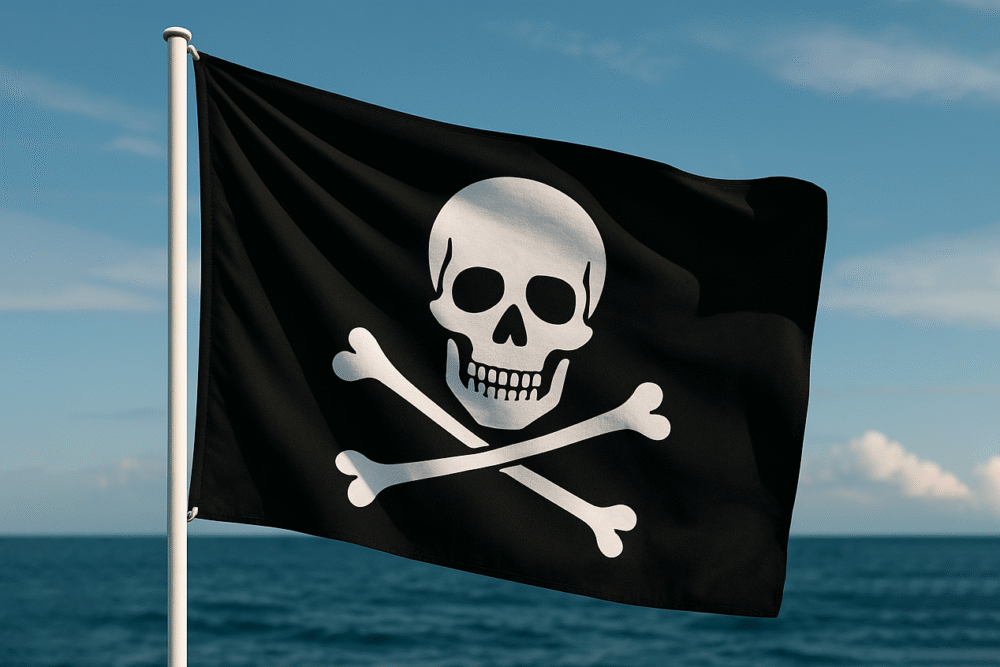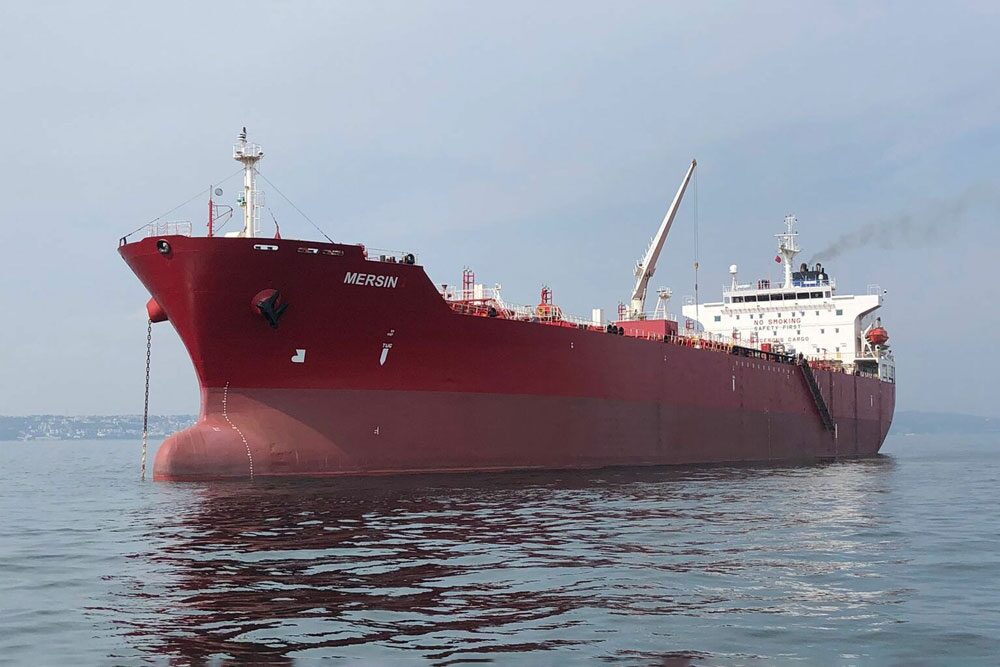Germany and Canada are expanding their cooperation for the navy with a project worth billions. The project involves command and control weapon deployment systems (so-called FÜWES) for all “surface platforms” of the German Navy.
With the signing of an intergovernmental agreement between Germany and Canada, “a decisive step” has been taken towards modernizing the FüWES of all surface platforms of the German Navy, the Bundeswehr has now announced. The project marks a “central milestone” for the standardization of technology and digital sustainability of the maritime armed forces together with NATO partner Canada.
FüWES is regarded as the “IT heart” of modern naval vessels. It links all operational and technical subsystems and is therefore considered a decisive factor for the combat effectiveness and command capability of a unit. Apparently, governments want to regain more control over the technology. On the one hand, the aim of the project is to standardize the previously heterogeneous system landscape. On the other hand, it is about “returning system sovereignty to the public client.” The project is being implemented as a KAT-B project with a duration of around 25 years and a project volume of over one billion euros.
The system, which is to be used on all German ships and boats in the future, was commissioned by the Royal Canadian Navy from Lockheed Martin Canada, introduced and has been continuously developed ever since. “It is characterized by high scalability, modularity, the use of standard hardware and software components as well as regular software updates,” writes the Bundeswehr.
Germany will receive comprehensive usage rights as part of the intergovernmental agreement. The cooperation with NATO partner Canada not only includes system transfer, but also joint further development, cost sharing and operational cooperation. This is intended not least to strengthen interoperability within the alliance and ensure sustainable technology transfer.
Step-by-step implementation
Immediately after the contract is signed, an initialization phase begins in which the essential functional and technical foundations for subsequent integration on the platforms are created. This phase also forms the basis for the prompt establishment of land-based test, reference and training facilities. The first measures for scaffolding on selected ships and boats are planned from 2027. In the long term, all existing and future maritime surface capability carriers, including the new F127 frigate class, are to be equipped with the standardized FüWES.
The introduction of the new system should enable the German Navy to sustainably increase its operational capability, command capability and digital sovereignty, also by standardizing the training of soldiers. The immediate replacement of the existing, outdated system landscape, while at the same time retaining proven systems, is an essential contribution to increasing the combat capability of the naval forces and ensuring their future viability in a multinational network.














